Don't forget to retract the gear after takeoff!
The SR./A.1 was directly inspired by the Imperial Japanese Navy's seaplane fighters. In theory, seaplanes were ideally suited to conditions in the Pacific theatre, and could turn any relatively calm area of coast into an airbase. Their main disadvantage came from the way in which the bulk of their floatation gear penalised their performance compared to other fighters.
Saunders-Roe realised that the new turbojet engine presented an opportunity to overcome this drawback. Not requiring clearance for a propeller, the fuselage could sit lower in the water and utilise a flying boat-type hull.
With the end of the war, Saunders-Roe concentrated its efforts on the Saunders-Roe Princess long-range civilian flying boat project, and development of the fighter slipped behind.
The first prototype, piloted by Geoffrey Tyson, flew on 16 July 1947,and while it and its two sisters proved to have good performance and handling — Tyson made a demonstration of aerobatics and inverted flight at the 1948 SBAC Display — the need for such aircraft had completely evaporated with the end of the war. Furthermore, the success of the aircraft carrier in the Pacific had demonstrated a far more effective way to project airpower over the oceans.
-- Taken from wikipedia
Specifications
Spotlights
- NausicaaTheOwl 9.3 years ago
- Mrwhiskers85 9.3 years ago
- PikeovlevPlanes 9.3 years ago
- kukimuki1234 9.3 years ago
- NordicTuna 9.3 years ago
- Insertname 9.3 years ago
- ThePlot 9.3 years ago
- KabyLakeE 8.4 years ago
General Characteristics
- Predecessor SR A1
- Successors 2 airplane(s) +28 bonus
- Created On Windows
- Wingspan 37.3ft (11.4m)
- Length 37.1ft (11.3m)
- Height 11.5ft (3.5m)
- Empty Weight 13,589lbs (6,163kg)
- Loaded Weight 31,341lbs (14,216kg)
Performance
- Power/Weight Ratio 0.215
- Wing Loading 48.5lbs/ft2 (236.6kg/m2)
- Wing Area 646.8ft2 (60.1m2)
- Drag Points 4591
Parts
- Number of Parts 80
- Control Surfaces 13
- Performance Cost 348

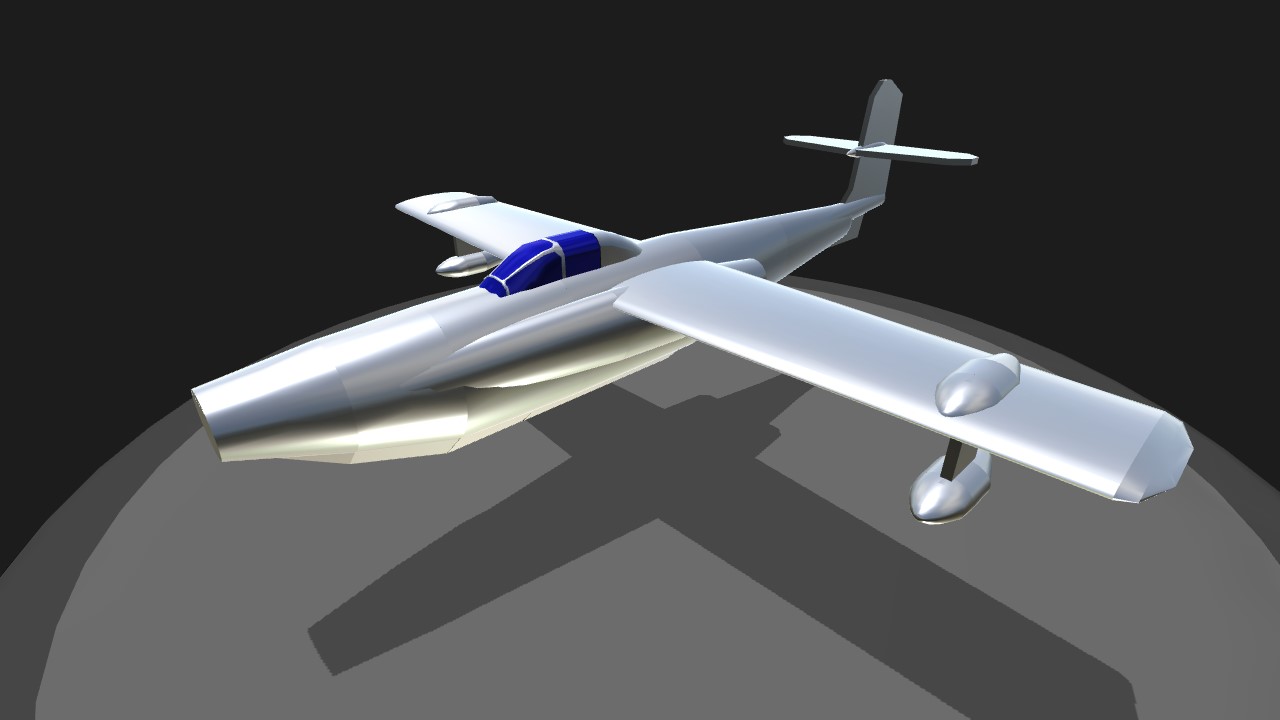
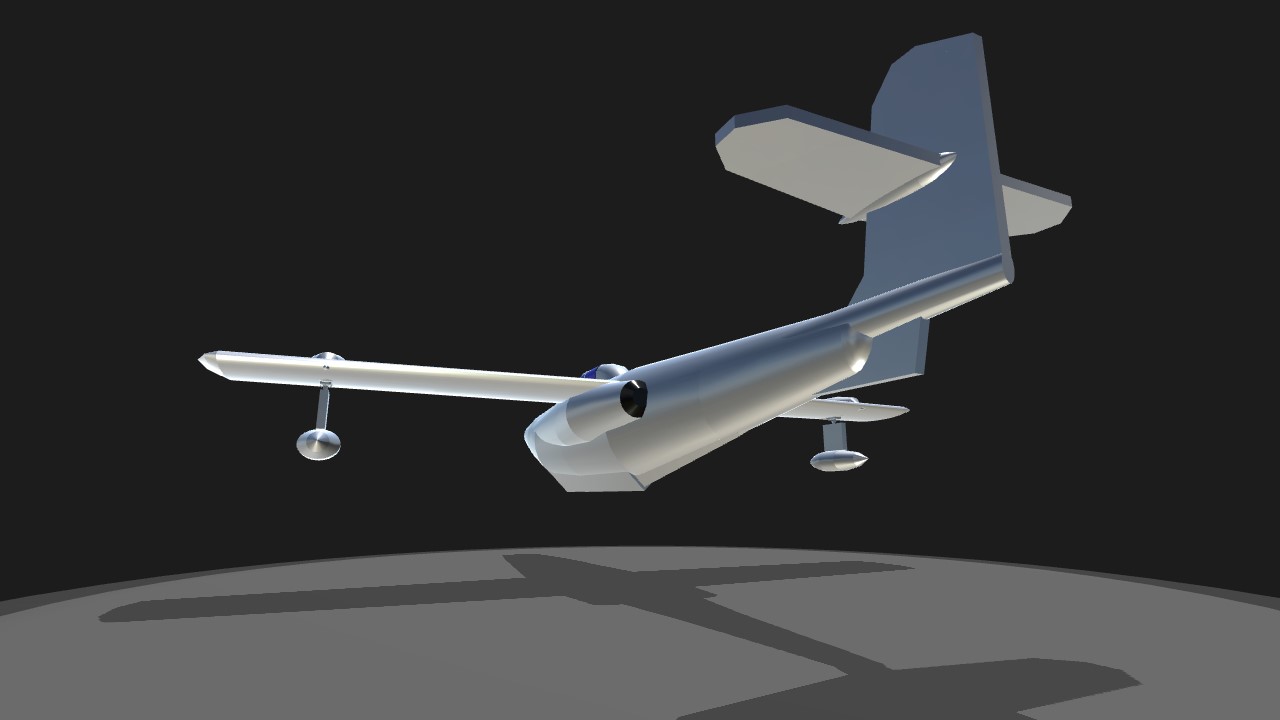
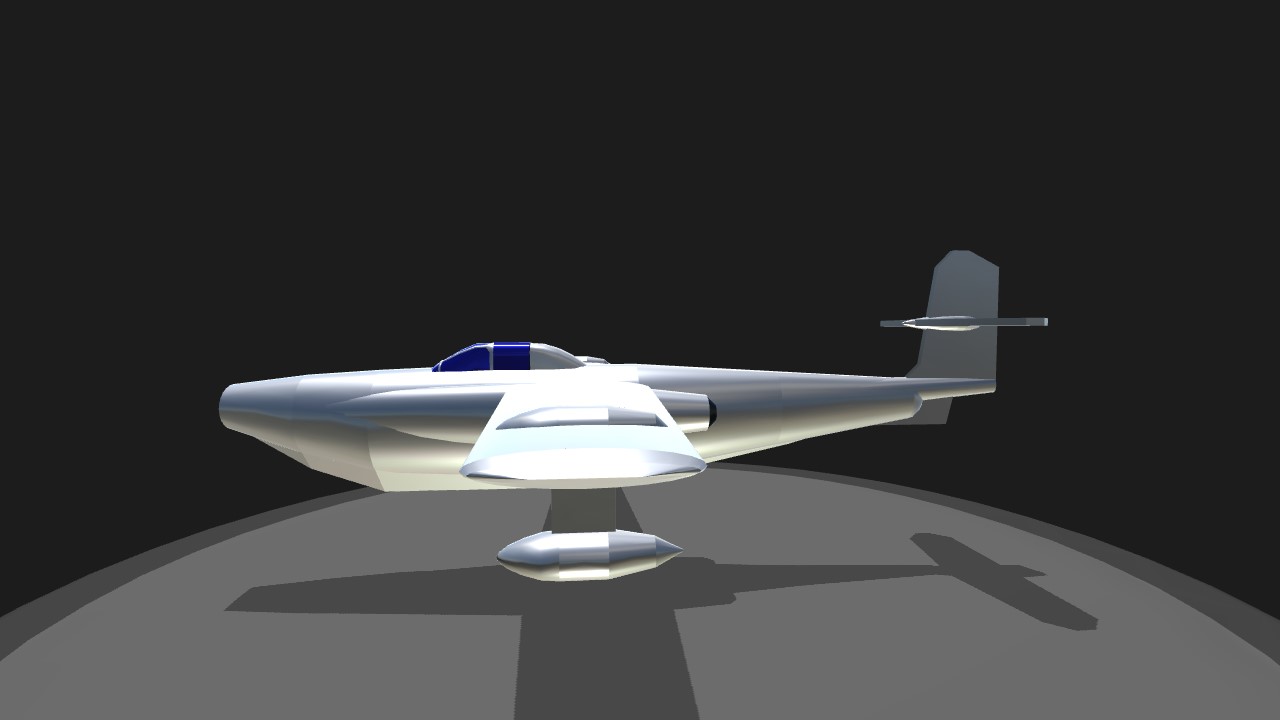
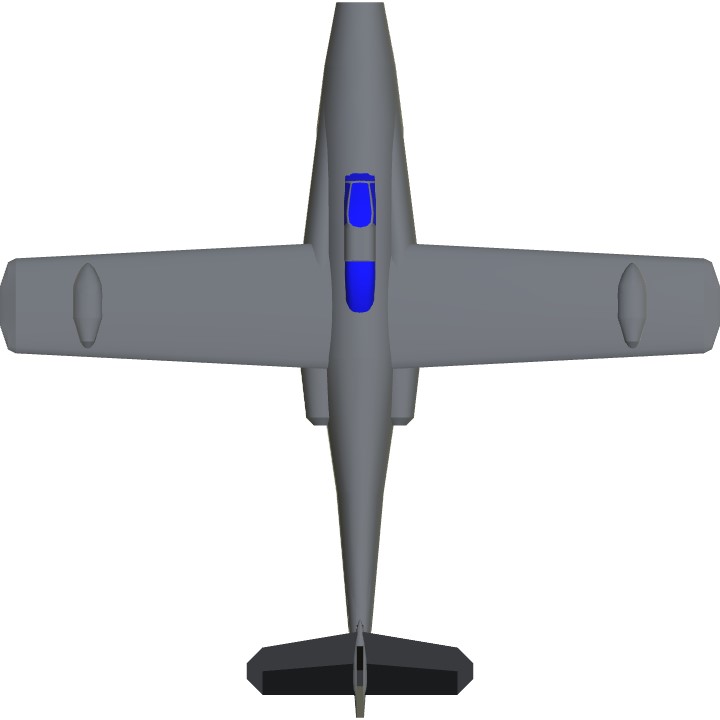
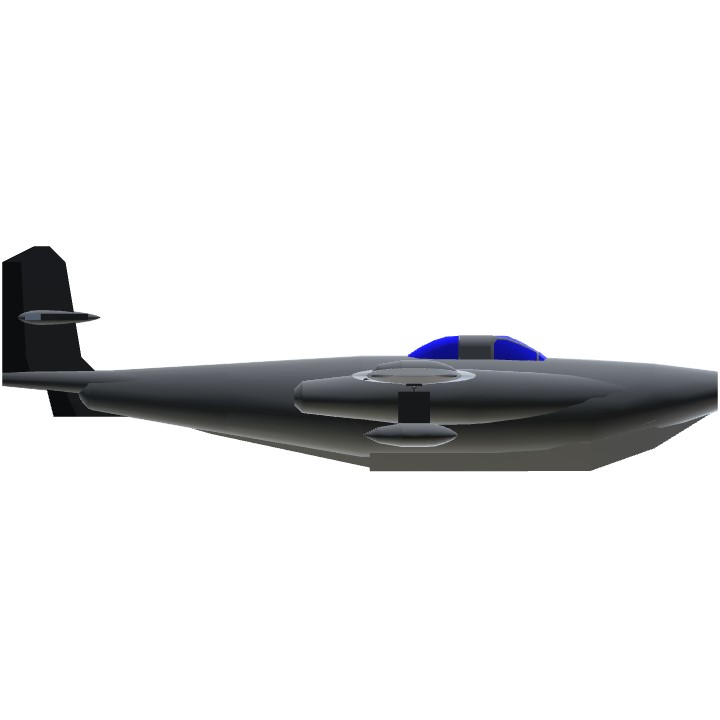
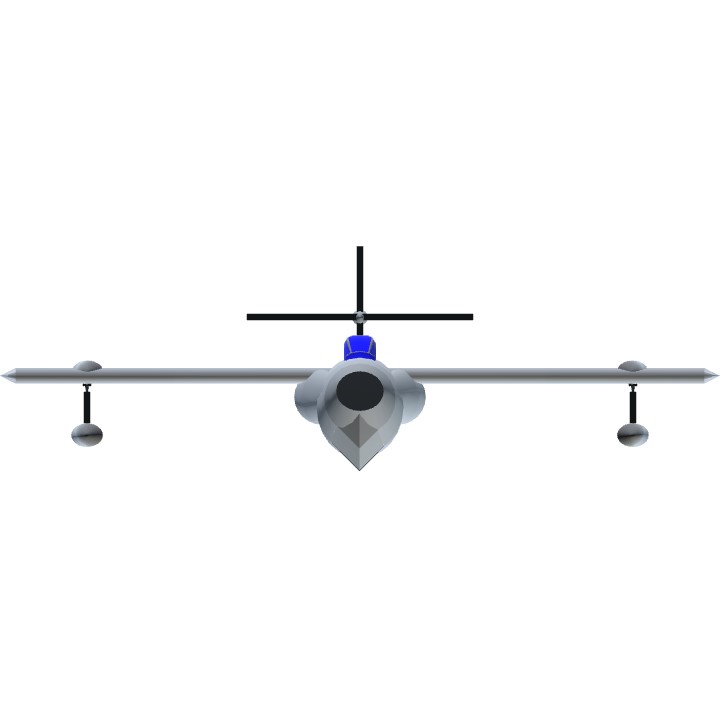
@Treadmill103 Thanks!
@TheOwlAce Thanks! Spotlighting really helps new users!
Great work, i tried to make a jet seaplane but wasnt much of a succes
@Mrwhiskers85 Thanks!
@Liquidfox Oh and thanks so much for spotlighting us, that means a lot!
Nice!
@Liquidfox Thanks!